Love at First Browse…
We fell in love with Lady Pancake and Sir French Toast back in November 2015. The new, eye-catching duo was placed tauntingly in a centralized display at Barnes and Noble. Unsure of what to expect, we slowly perused the adventures of the exquisite pair. By the end, we were hooked and there was no going back. It became one of our new favorites to read at the beginning of the school year to lay the foundations for a culture of literacy. Lady Pancake and Sir French Toast have earned a place on our short list of favorite picture books, and we were so excited to find that their adventures continue!


No matter the class (or age), this book never disappoints.
Integration Ideas
Theme
As we have found in all of the Lady Pancake and Sir French Toast books, the beautiful message of friendship is continued in Short and Sweet. This time, Lady Pancake and Sir French Toast realize that their words can be hurtful. The pair realize that true friendship means doing whatever it takes to support one another.
* Kind Words
I work with middle school and high schoolers, but I’ve realize that all students (and possibly some adults!) could stand to learn the lesson of the power of words. In Short and Sweet, Baron von Waffle gets his feelings hurt when Lady Pancake and Sir French Toast call him a monster. Have students think about why the two chose that particular name for von Waffle and what they intended when they used it. Then have students practice empathy as they think about how Waffle felt and why.
- Text to Text Connections: Read Have You Filled Your Bucket Today? to the class. Continue the discussion about how words can “fill” or “empty” a bucket. Create an anchor chart for what nice words sound like. Two other texts that would pair nicely are My Mouth is a Volcano by Julia Cook and Giraffes Can’t Dance by Giles Andreae.
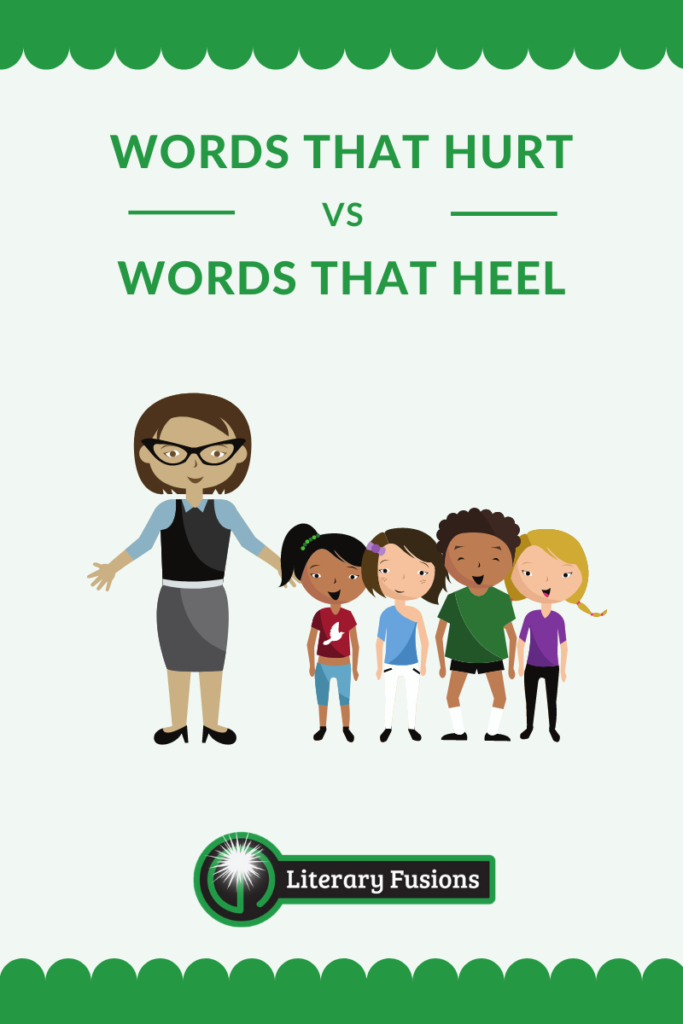
- Critical Thinking: Create a T-chart with the headings “Words that Hurt” and “Words that Heal”. Ask students to think about words they have heard others use (not mentioning names, of course) and decide if it healed or it hurt. Ask students how words on each side of the chart might make them feel if they were receiving the words, and then switch it and ask how they might feel if they were the person saying it. Ask students to consider why people might use hurtful words. Finally, ask students to think about how they can change words or phrases on the hurtful side into something that could be placed on the healing side. For example: “You’re mean” could be changed to “Please be nice”.
* Loyalty
In this story, even though Waffle’s feelings were hurt by Pancake and French Toast, he persisted in saving them and he was there for them. Have students brainstorm a list of characteristics that make a good friend. Using the list they create, they can discuss characters in Short and Sweet and other stories they’ve read to decide if that characters was a good friend or not.
Once students have an idea of what makes a good friend, you can have them role-play scenarios that might be common at in their lives. For example, a group is playing tag and an argument happens about whether or not a person was tagged. What would a bad friend do in that situation? What would a good friend would do?
Social Studies: Relative Location
Another common element of the Lady Pancake and Sir French Toast books that we love is the map of their journey through the story! Your students will study this map like they are hunting treasure!
In the story, Funk uses relative location words to describe the journey of the characters. These words are so important for reading and social studies, so use them! Pull out the relative location words from the story and …
- have the students physically act out the word (down, under, around, over, etc.).
- have students use objects (cups, plastic lizards, string, etc.) to demonstrate the words.
- have one student direct a partner on a journey to a specific spot using relative location words.
- integrate with P.E.! Make an obstacle course that has the students following Pancake and French Toast’s journey. (“down Bran Canyon” could be a wedge mat for them to roll down, “the Great Wall of Pine Nuts” can be a beam they “dash” on, skip rope to “pasta playground”, etc.)
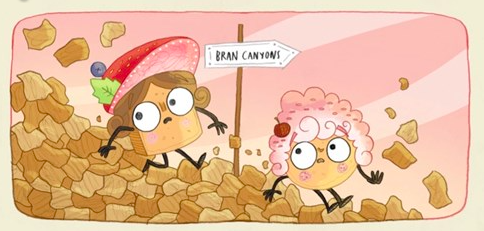
Rhyming (and Spelling!)
Short and Sweet follows in the footsteps of the rest of the series as it is also written in couplets! Books that use this type of rhyme scheme provide a great opportunity to teach rhyming words for beginners or to explore what makes the rhyme with older students. Have students discover two rhyming words in the book and say them out loud to each other. Together, have them identify the end sound that the words share.
Next, have students study the spelling of their two words. Are they spelled the same or differently? Discuss how different spelling patterns can sound the same. Ask, what other spelling patterns sound the same, but are spelled differently?
Vocabulary App Smash
Once again, Funk’s incredible vocabulary makes Short and Sweet a great candidate for a mentor text on word choice. This time, there are some particularly strong action verbs that beg to be studied!
Read the story once through for enjoyment before stopping to point out the vocabulary! Then, point out that authors have a choice when they are putting words into their story, and that certain words can paint certain pictures for the reader.

Choose a strong action verb and see if students can communicate what they feel about the word. For example: “Off to Professor Biscotti’s they strode.” Strode (past tense of stride) makes me think of walking with a purpose or very importantly. This is a great time to act that out!
Have students look up the word if they need a more complete definition, or if you feel their understanding of the word needs more depth.
Replace the word with something less strong to see how how it impacts the sentence and the story: “Off to Professor Biscotti’s they walked.” Same concept, but for two characters seeking a miracle, it doesn’t seem to communicate the same urgency!
Have students use a phone or tablet to video each other demonstrating the two levels of action: walked and strode. Have them think about or discuss: What does someone who is striding look like? What about someone just walking? How do they carry themselves? What makes them move in that way? (This can help with understanding the characters as well!)
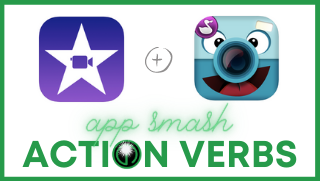
Use Chatterpix (or a similar app) to record the students explaining each verb.
Using iMovie (or something similar), compile all the videos to create a visual resource to help students see what kind of a picture they can create for readers by choosing stronger verbs.
Other examples:
- “Shrieking, the duo of pint-sized companions / scampered and slid all the way to Bran Canyons.”
- “Until the two children inhaled something sweet / and instantly both of them raced to the street.”
Of course, have students go back into their own writing and look for places they could change a verb to create a more vivid or accurate image for their own readers!
Science
The story begins with Pancake and French Toast starting to feel a bit “off” as they prepare for a party, and coming to the realization that they’re going stale! It’s the fourth book in the series, and they’ve definitely been around the fridge for a while, this was inevitable, but that doesn’t make it any less shocking for the pair! Use Short and Sweet as a springboard into the science of food that will add a whole new layer to the story!
Start by asking the students to study Lady Pancake and Sir French Toast, both from the first book and from Short and Sweet. You could also use the character sketches from Josh Funk’s awesome website! Have students compare and contrast the character images from the beginning to the current book. What has changed? They’re obviously changing colors! Brainstorm some reasons why that might be. Hopefully, someone will come up with mold or rot or going stale!


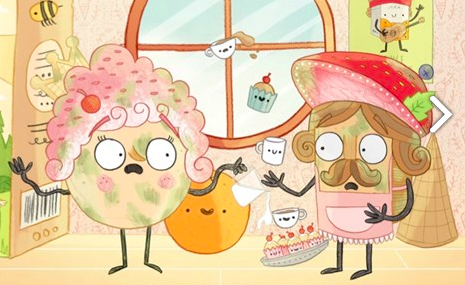
Have students use their best expository text skills to read this article about a McDonald’s hamburger from 2009: https://www.bbc.com/news/blogs-trending-50262547 Highlight some of the key science terms: preserve, nutrients, microbes, decompose. Ask students to discuss their thoughts about this article and any questions that it generates for them: Why doesn’t the hamburger decompose? What kind of storage container/condition is the food in? When was the last time they ate at McDonald’s (ha!)?
Then, you can begin to explore. There are plenty of great science books, and here are a few websites:
- https://wonderopolis.org/wonder/why-does-food-rot
- https://www.canr.msu.edu/news/prevent_bacteria_from_feasting_on_your_fresh_produce_causing_spoilage
Do an experiment (like this one) to see how different foods decompose. If possible, go through the book to compile a list of different foods that the main characters represent and use those foods in the experiment. Follow the scientific method to predict which foods will spoil faster and why. And then wait! See if your predictions were confirmed and if the results matched the events of the story.
Other questions to ponder after research and experimentation:
- Why is Baron von Waffle not also going stale?
- Based on what you now know about food spoiling, what do you think Professor Biscotti’s despoiling ray does?
- This might be a good summary/exit ticket question to see what students have learned. Possible answers: removes moisture, regulate temperature
- Side note: I find it humorous that a biscotti, an extremely dry type of cookie and so much less susceptible to spoiling, is the food responsible for a despoiling ray! So clever!



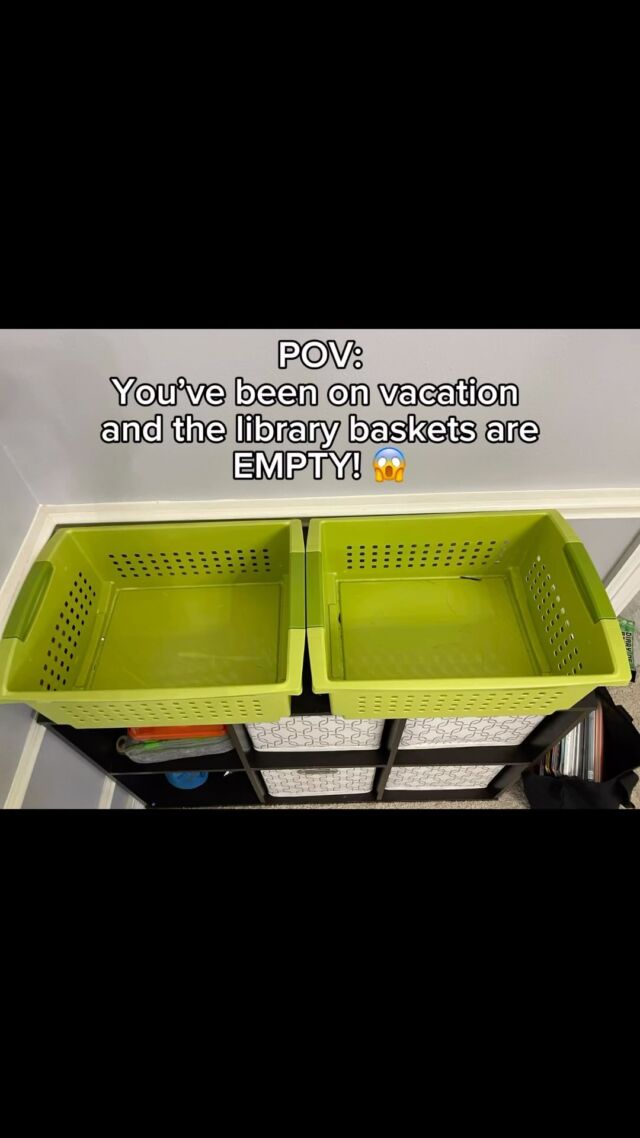
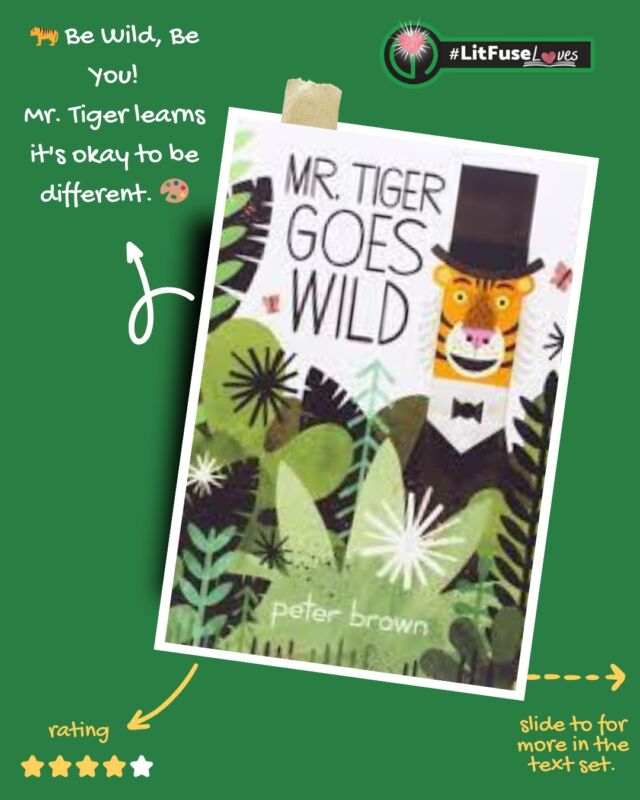
 Building Bridges: Creating a Text Set on Frie
Building Bridges: Creating a Text Set on Frie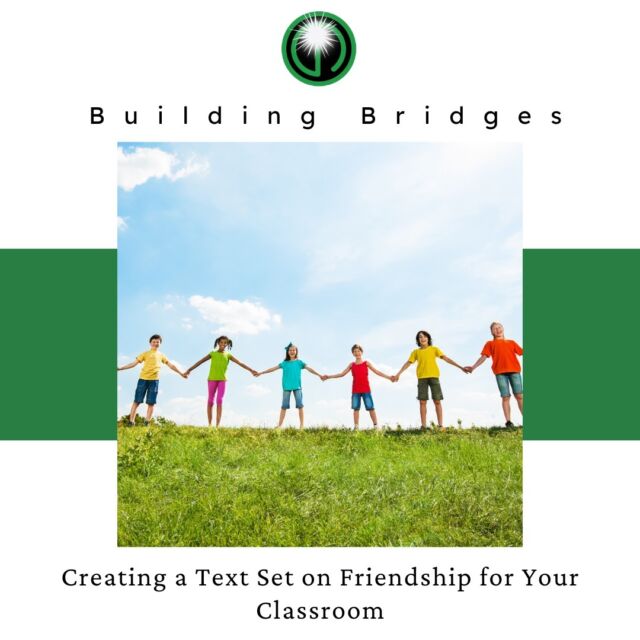
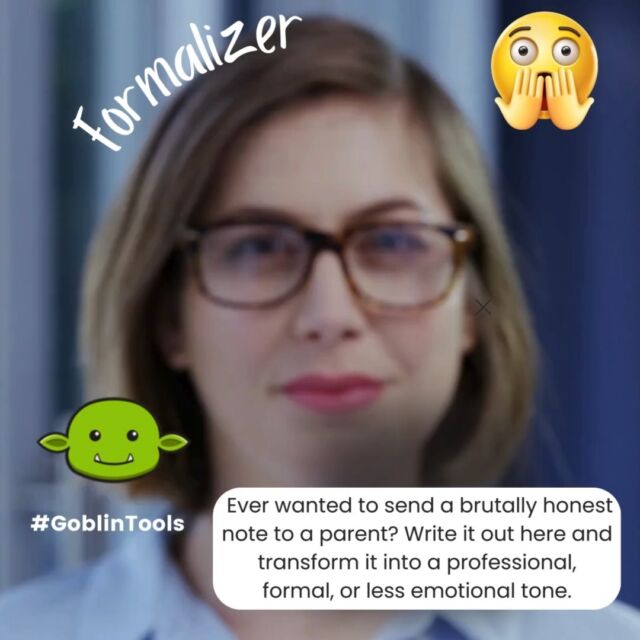
 Hey, amazing educators!
Hey, amazing educators! ![🌟 Hey, amazing educators! 🌟 Ready to kick off the school year with an engaging unit on rules and laws? 📚✨
We’ve picked some fantastic books to help your students understand why rules matter and how they shape our world. Check out these gems:
1️⃣ What If Everybody Did That? - Discover the hilarious and important reasons why rules matter.
2️⃣ Seven Rules You Absolutely Must Not Break If You Want to Survive the Cafeteria - Navigate the cafeteria with essential do's and don'ts.
3️⃣ A Bike Like Sergio's - Explore honesty and making the right choices.
4️⃣ Chairs on Strike - Learn about respecting classroom rules in a fun way.
5️⃣ Do Unto Otters: A Book About Manners - Embrace the Golden Rule with our otter friends.
🌟 Want more hands-on activities, vocabulary tips, and detailed descriptions of these books? Head over to our blog post for the full text set and loads of interactive teaching ideas! 🌟 [Link in bio]
💬 We’d love to hear your thoughts! Drop a comment below with your favorite book or share your own ideas on teaching rules and laws. Don’t forget to like and share this post with your fellow educators! Let’s make learning fun and meaningful together! 💖📖
#LiteracyAndLearning #RulesAndLaws #ElementaryEducation #BookRecommendations #ClassroomTips #EngagingLearning #StudentSuccess #TeacherResources](https://literaryfusions.com/wp-content/uploads/sb-instagram-feed-images/448980028_389914004085978_6215087207340322911_nfull.jpg)
 Exciting Book Review Alert!
Exciting Book Review Alert! ![📚 Exciting Book Review Alert! 📚
Hey there, book lovers and educators! 👋 We're thrilled to share a captivating book review that has us buzzing with inspiration. 🤩📖
📖 Book: "The Girl in the Red Skirt" by Lucy Cooley
📝 Review: [Link in Bio]
🌟 Rating: ⭐⭐⭐⭐⭐
In our pursuit of enhancing literacy and technology best practices in classrooms, we're always on the lookout for stories that ignite a love for reading and learning. "The Girl in the Red Skirt" is a must-read that masterfully combines the art of storytelling with an enchanting narrative.
📚 Review Highlights:
🔥 Gripping narrative that keeps you turning pages
🧠 Thought-provoking themes perfect for classroom discussions
💡 High level vocabulary
🙌 Empowering young minds through literacy
Swipe to catch a glimpse of the review or click the link in our bio to dive deeper into this literary gem. 📲💫
Educators, if you're looking for engaging material to inspire your students, this book is a fantastic addition to your reading list. 📚🍎
Let's transform the future of education together! 💡 If you're interested in our education consultancy services, feel free to reach out. We're here to help schools create enriching learning environments. 🏫👩🏫👨🏫
#LiteracyMatters #TechnologyInEducation #BookReview #EducationConsultants #ClassroomInnovation #TheGirlInTheRedSkirt #InspireLearning #ReadAndGrow #EducationForTheFuture](https://literaryfusions.com/wp-content/uploads/sb-instagram-feed-images/382394110_283049717946553_1109139895454642258_nfull.jpg)
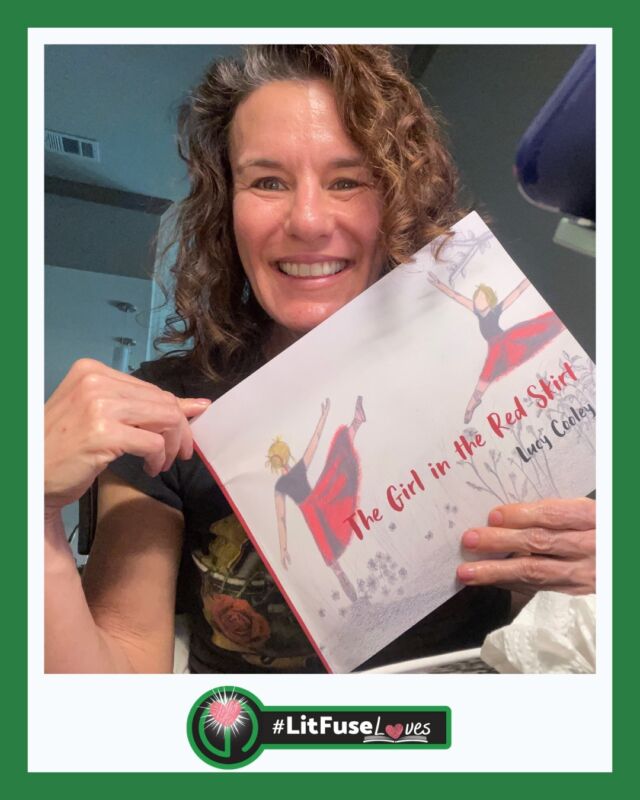

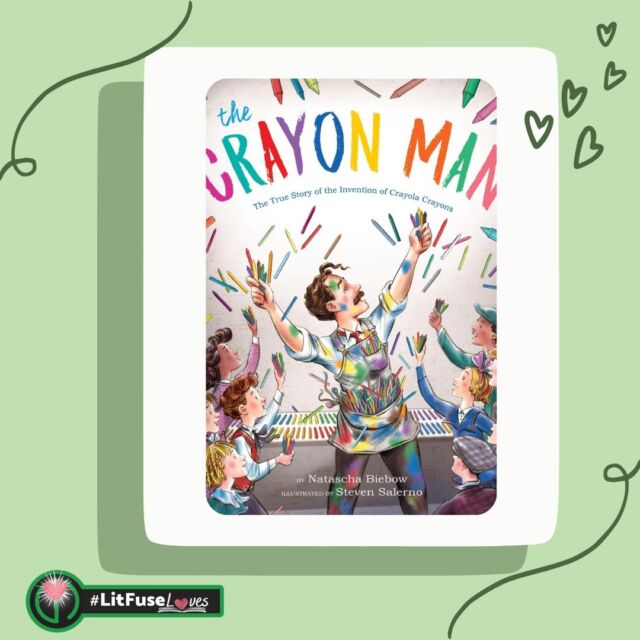

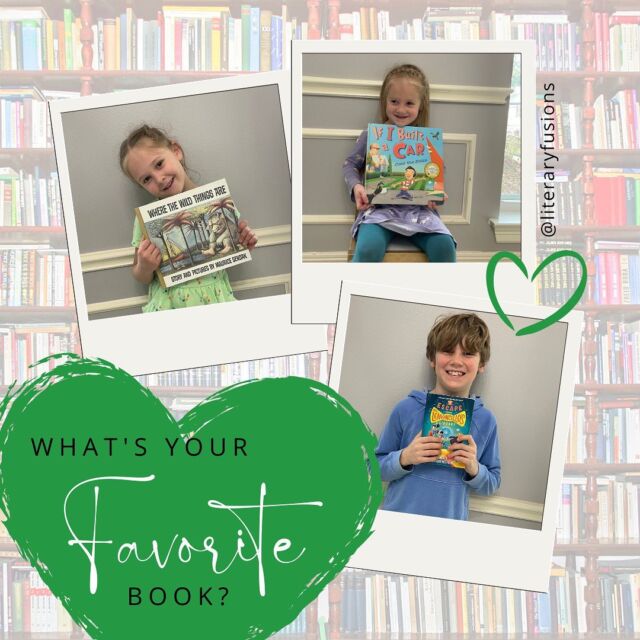



Leave a Reply